
Hand & Upper Extremity
The complex structures of the hand, wrist and elbow require highly specialized care. Southern Maryland Orthopaedic & Sports Medicine Center's Hand Surgeons provide diagnosis, treatment and rehabilitation of hand and wrist problems including trauma, occupational injuries, arthritis, neuropathies such as carpal tunnel and cubital tunnel syndrome, cysts, and congenital problems. From tennis elbow to tendon repair, our physicians’ primary goal is to return patients to maximal function as quickly as possible.
CAO serves patients in Virginia, West Virginia, Washington D.C., and Maryland.
Our specialty trained hand and upper extremity surgeons provide comprehensive management of hand, wrist and shoulder injuries and degenerative conditions. Using state of the art procedures, they will quickly have you on the road to recovery.
Providers
Videos
-
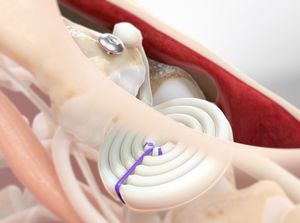 ProcedureBasal Joint Surgery
ProcedureBasal Joint Surgery -
 ConditionCarpal Tunnel Syndrome
ConditionCarpal Tunnel Syndrome -
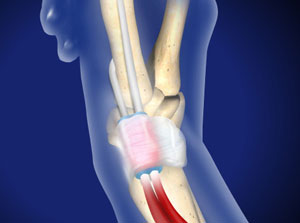 ProcedureDe Quervain’s Release
ProcedureDe Quervain’s Release -
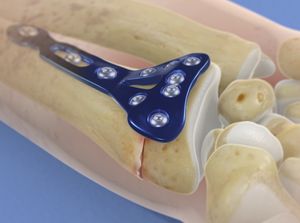 ProcedureDistal Radius Fracture Repair with Volar Plate
ProcedureDistal Radius Fracture Repair with Volar Plate -
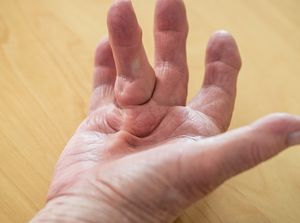 ConditionDupuytren's Disease
ConditionDupuytren's Disease -
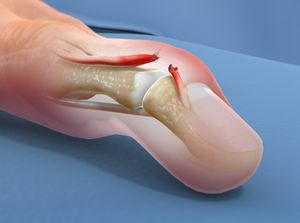 ConditionMallet Finger
ConditionMallet Finger -
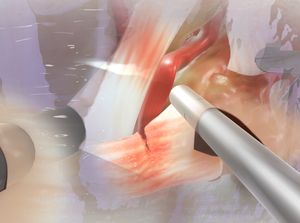 ProcedureWrist Arthroscopy
ProcedureWrist Arthroscopy -
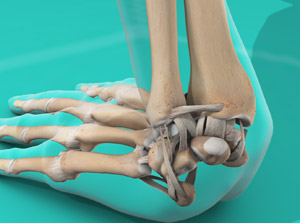 ConditionWrist Sprain
ConditionWrist Sprain









